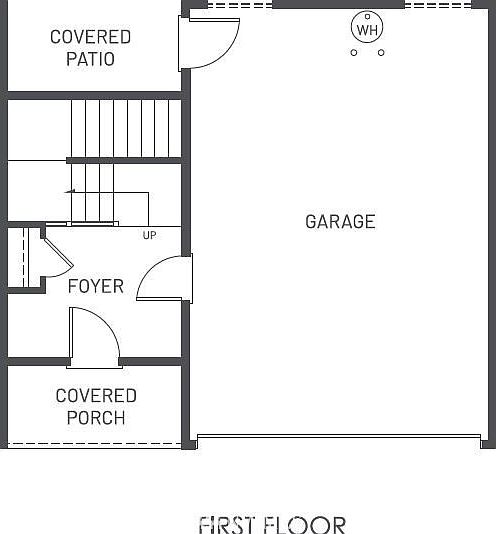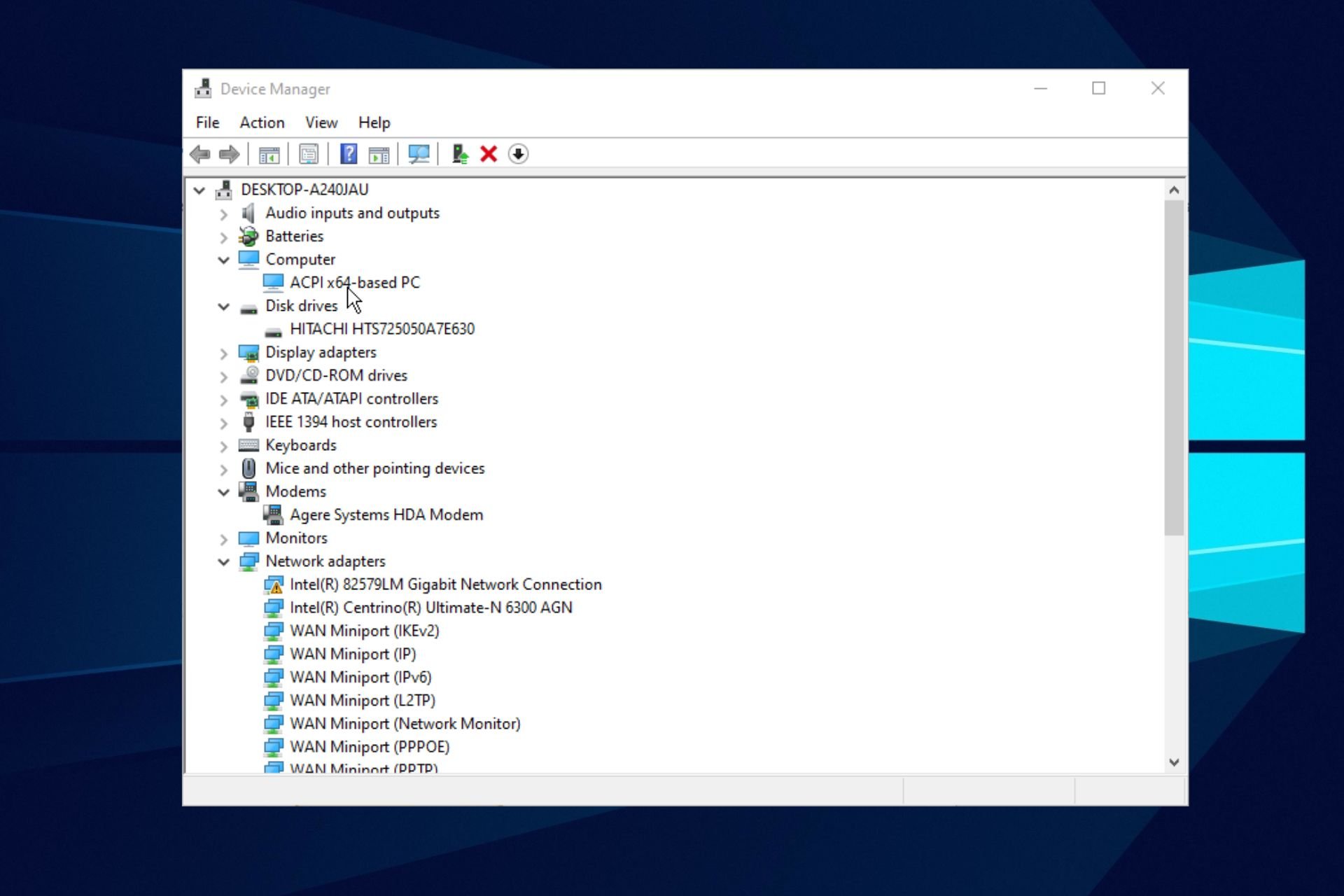
- HP UTILITY MANAGER INSTALL
- HP UTILITY MANAGER DRIVERS
- HP UTILITY MANAGER PATCH
- HP UTILITY MANAGER FOR WINDOWS 10
- HP UTILITY MANAGER WINDOWS 8
HP UTILITY MANAGER INSTALL
HP Power Manager software is required to install on client system for HP Power Manager.
HP UTILITY MANAGER DRIVERS
Fingerprint Drivers are required for HP Client Security - Intel Authenticate features.HP Client Security software is required to be installed on client.HP Collaboration Keyboard is required to install on client platforms for HP Collaboration Keyboard feature.HP MIK Client is required to be installed on managed platforms for MIK BIOS Configuration, Microsoft Device Guard, HP Sure Admin, HP Sure Start, HP Sure Run, HP Sure Recover, HP Sure Sense, and TPM conversion features.
HP UTILITY MANAGER PATCH
HP UTILITY MANAGER FOR WINDOWS 10
Download this app from Microsoft Store for Windows 10 Mobile. HPE Smart Array Advanced Pack 1.0 and 2.0 features are now part of the baseline features of HPE SSA, with the appropriate firmware. HPE SSA replaces the existing HP Array Configuration Utility, or ACU, with an updated design and will deliver new features and functionality for various Smart Storage initiatives as they come online. After a virus forced a reset I found that the HP Utility Manager along with Recovery Manager was missing.
HP UTILITY MANAGER WINDOWS 8
Depending on the server generation and model, the number of sensors and their meaning can be different.HP Recovery Manager missing from Windows 10 My HP ENVY m6 was originally an Windows 8 machine, upgraded to 8.1 and then finally 10. The following command will list the available temperature sensors of the server and their current readings, as well as thresholds for each of them. For more details please refer to the hpasmcli(4) man page. The “hpasmcli” utility from the hp-health package can be tested by requesting some of the sensor readings of the server.

To verify the hp utilities are working, run them on the HP server and check their output. hponcfg – HPE RILOE II/iLO online configuration utility.hp-health – HPE System Health Application and Command line Utilities (Gen9 and earlier).In the example below, the following package are installed: With the package list loaded, the packages provided in the SDR repository can be installed. To retrieve the package list containing the packages from the newly added repository, run the the following command as usual. This command will download the GPG-Key from the HP website and install it on the system in order for apt to verify the package signatures. Installing the most recent key, for builds after 2015, has proven sufficient so far. This is not necessary any more from my experience. HP suggests to enroll all their keys on the system to avoid any problems with packages built before a certain date.


This can be done by downloading the keys as described on the Package Signature Verification page. Before installing packages from this repository, the GPG-Key for this repository needs to be added. This will add the repository to the system. The Software Delivery Repository page describes the supported versions. $ vim /etc/apt//hp-mpc.listįor Debian and Ubuntu based systems, add the repository information as follows, replacing the highlighted section with the version name used. The abbreviation MPC stands for the repository name “Management Component Pack”. For this example, the name “hp-mcp.list” was chosen. On Debian, create a new file in /etc/apt// with the following content. The SDR is supported on a number of Linux distributions. More details about the available repositories and supported distributions and versions can be found at the Software Delivery Repository page.

These allow for easy installation and updates of the utilities. HP provides their utilities via Software Delivery Repositories, or SDR for short. Install HP ProLiant Management Components this set of tools can be used to read out hardware information, state and logs. The HP ProLiant Support Pack (PSP) for Linux allows reading out hardware details from a HP ProLiant server.


 0 kommentar(er)
0 kommentar(er)
